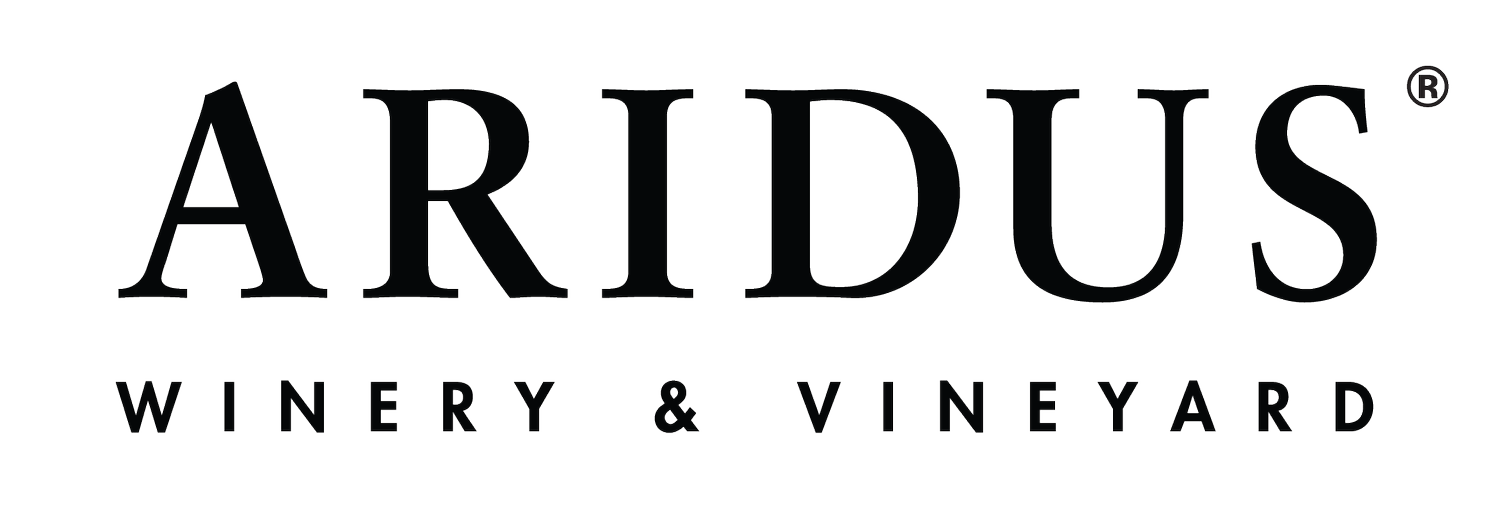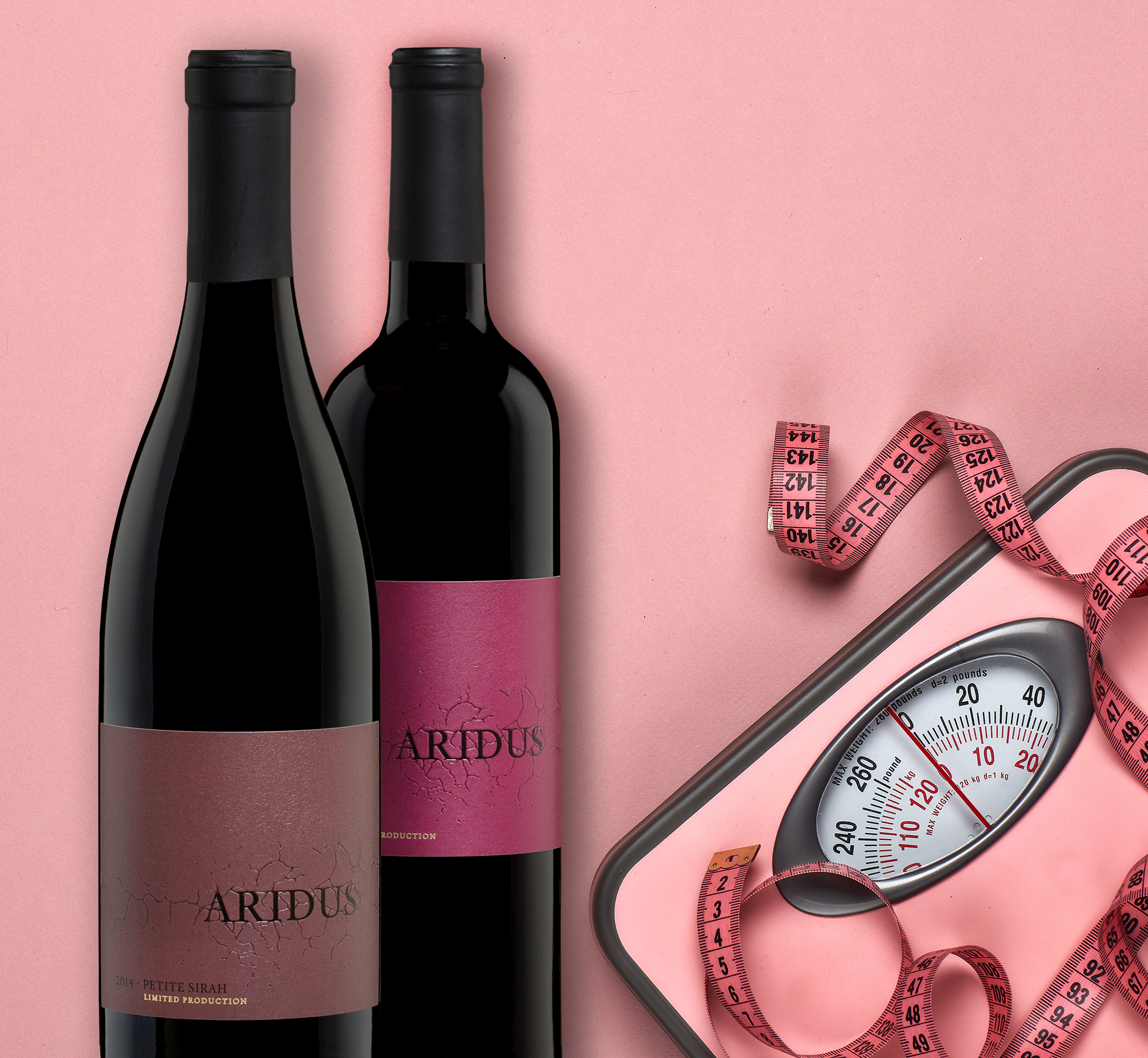How Many Calories are in a Glass of Red Wine?
Since wines don’t contain the standard label that you expect from other foodstuffs, much of the nutritional information about wine remains a mystery. Prime among these is the number of calories in a glass of wine. However, armed with a little bit of information, you can reasonably figure out roughly how many calories are in a glass of wine.
Wine Components
Let’s start by thinking about the components of wine – first and foremost among them being water. Water accounts for the vast majority of your glass of wine, and contributes nothing to the caloric content. The second most prevalent constituent of wine, however, is ethanol, aka alcohol. Lucky for those trying to figure out calorie count, the percentage of alcohol per bottle is printed on the label. You may have to do a little searching, but once you find it you’re well on your way. Most wines are somewhere in the range of 11 – 16% alcohol. Alcohol is calorically quite dense, at 6.9 calories per gram. The density of wine is slightly less than that of water, at about 0.99 g/mL. So if you have a standard glass of wine, that’s roughly 150 mL. Converting that to grams, you’re at about 148.5 grams. If your wine is 13.5% alcohol, you can multiply that by the grams to land on the number of grams of the glass that are alcohol – in this case, 13.5% x 148.5 g equals about 20 grams. At 6.9 calories per gram, you’re looking at about 140 calories.
This gets more complicated, however, if you have a wine with any amount of sweetness. Sugar contains 4 calories per gram. Okay, but you aren’t going to find the amount of sugar on a wine label. How to find out? I’d suggest visiting the winery’s website and seeking out a tech sheet or fact sheet for your wine. These are often available either on the specific wine’s page, or in the press or media section of the website. Let’s say you have tracked down your wine’s tech sheet and see that it in fact, does contain a small amount of sugar – 5 g/L. How much is in your glass? Well, that’s 5 grams per 1000 mL multiplied by 150 mL. That would about 0.75 grams in your glass – multiplied by 4 calories per gram, you’re looking at 3 additional calories.
There are other minor components to a wine, such as acids and volatile aromatic compounds. However, the acids present in wine do not contribute to caloric load (the most common grape acid – tartaric acid – contains 0 calories per gram), and the volatile aroma compounds are such a small proportion of the wine itself that their contribution to the calorie content is negligible. Ultimately, the bulk of the calories in wine are due to its alcohol content. So as long as you know the alcohol percentage of the wine, you’re able to come very close to the actual number of calories in your beverage.
Calories in Wine
Boiling this all down, we come to this equation:
Calories = [(Volume of wine in grams)x(alcohol percentage)x(6.9 calories/gram)] + [(Volume of wine in mL)x(sugar content in g/1000 mL)(4 calories/gram)]
Using a real-world example, let’s calculate the calories in a glass of Aridus Malbec from the 2019 vintage. It contains 13.6% alcohol and no residual sugar. Let’s assume a 150mL pour. Using our equation we have:
(150 g wine)x(13.6% alcohol)x(6.9 cal/g) + (150mL wine)x(0 g sugar)x(4 cal/g) = 141 calories
This formula will hold true across varieties as well – it doesn’t matter whether the alcohol and sugar come from a Zinfandel, Merlot, Malbec, or Pinot Gris grape. If you know the alcohol percentage and the amount in your glass, the type of grape doesn’t really matter. There are a few shortcuts, such as the fact that white wines do tend to be lower in calories, but this is entirely due to the fact that they tend to be picked at lower sugar levels, which leads to lower alcohol levels, and hence lower caloric content. Just be aware that this is not universal – there are plenty of 15% alcohol Chardonnays out there, as well as 12% alcohol Pinot Noirs. Another quick rule of thumb is that wines from cooler regions tend to have less calories. This is, again, for the same reasons as above – that they tend to be picked at lower sugar levels. However, now that you’re armed with the tools to figure out for yourself the calories in a glass of wine, why spend your time guessing?

